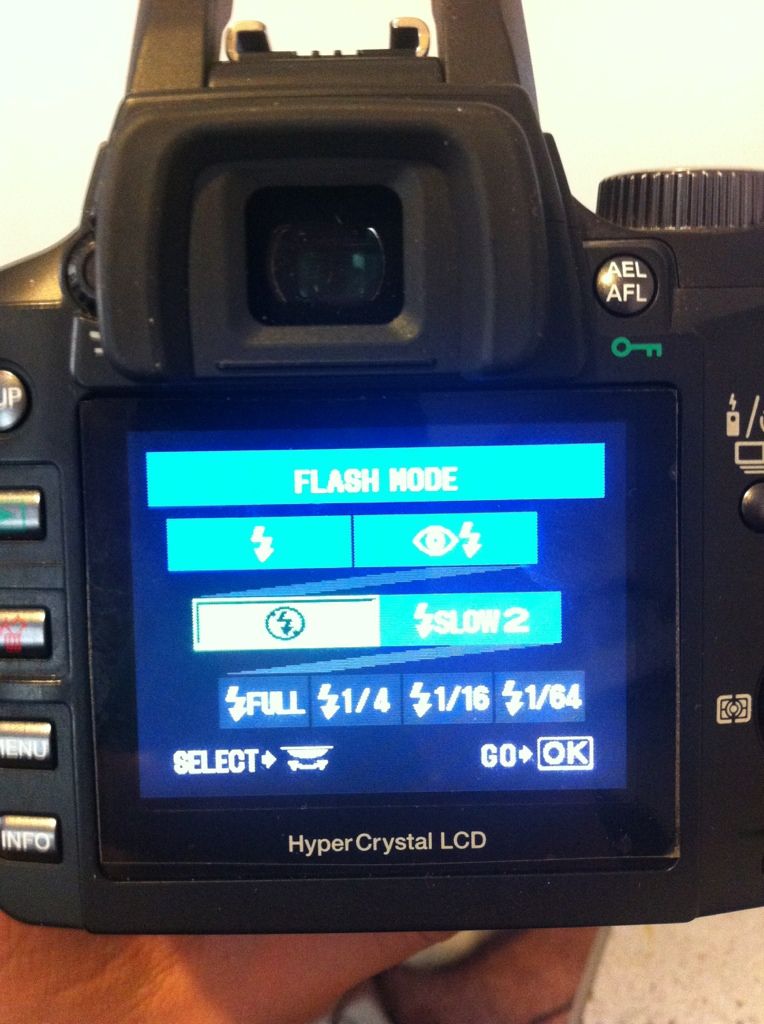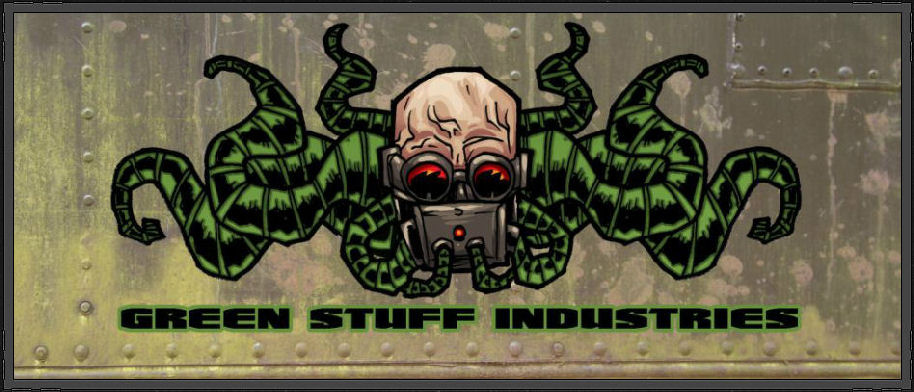By Jordan of There Is Only War
"Cellphone photos are fine, but I'm looking for something a little better, something I can use to really show off the time and detail I put into my models."
Hello once again, GSI readers. This is part 2 of the series on miniature photography tips and tricks. While cellphones make for a great stop-gap measure and often even a pretty good solution to your miniature photography needs, even the semi-serious blogger is going to want something better at some point.

Point and Shoot, or compact cameras, don't operate that much differently from the camera mounted on your cellphone. On most models around the $100-200 mark, you have a handful more options, such as analog zoom and auto-focus. Most of the tips and tricks remain the same as cellphone cameras with one or two additions.

With a proper backdrop, your camera should focus on your miniature much better than a cellphone camera would. If you're having trouble, you can hold the shutter button down part-way for a second or two to "lock" the focal distance, then move the camera to focus the model at the correct focal distance.

Point and Shoot cameras also work better with various types of lighting and have more settings to give you the best result. My recommendation to keep your model well lit holds, but if you can't get a ton of light on your target, you can still take great photographs. For some examples of well done Point and Shoot photography, take a peek around the Green Stuff Industries blog. Rich, the man behind the Green Stuff Industries uses a CoolPix L22, and the results are great.
There exists a rather wide gulf between Point and Shoot photography and DSLR photography. More often than not, DSLRs are purchased by those who have an interest primarily in photography, not scale modeling and blogging. But for those of you who want to take your blog to the next level, this is your solution.

DSLR cameras can be very intimidating. The manuals for these beasts are often written with photographers in mind and tend to be very unfriendly to those starting out. The first step to taking great miniature photos is to understand the difference between macro photography (what we're doing here) and photographing other subjects.
Macro photography (taking photos of small objects like lady bugs or servants of the Immortal Emperor) requires a very specific set of conditions to produce a good photo. Lighting, proper focus, a good backdrop and being able to adjust your camera's shutter time are of paramount importance.
The tips for lighting I've mentioned previously still hold: more light is usually better. I will typically use a set of three to four daylight bulbs with at least one of them pointed at the swept backdrop so the light reflects onto the rear of the model being photographed.
Once you have plenty of light on your target, the next step is to stabilize the camera. A short tripod helps with this. One you can adjust to sit about an inch off of whatever you've got your photography setup on will be perfect.

After that comes focusing the camera. Most DSLRs have some sort of auto-focus feature for ease of use that can be turned off. You'll have to consult your instruction booklet for how you activate that setting, but for my Olympus E-500, I just twist the big nob to "M". Also be sure to make sure your flash is turned off. Now that your camera is in manual mode, you can turn the lens of the camera to zoom in appropriately and adjust the focus.
One thing to keep in mind is that the closer in you zoom, the less of the model you're going to be able to bring into focus. Getting crisp focus on a group of miniatures can be problematic if you wear eyeglasses like I do.

Now that your miniature is in focus and lit, it's time to start snapping photos. With a DSLR, your photo will pop up on a digital display at the rear of the camera. This will be your guide on how you'll adjust your shutter speed. A longer speed means more light gets into the photograph, a faster shutter speed means less light. Again, you're going to have to check your instruction booklet to see how this is accomplished with your camera.
Since I've started taking pictures with a DSLR, I've found that you're better off with a photo with more light in it than less. More light in your photo tends to eliminate the appearance of shadows and brings out more of the fine detail. Darkness will only obscure it. With proper settings and good light, however, you should be able to acheive a fantastic looking photograph worthy of any of the myriad blogs on the internet.
Next time around, we'll be completing the trifecta of miniature photography articles with a piece on post-production and getting your photographs ready for the web using programs like Photoshop or GIMP. Stay tuned!
As always, if you have any questions, feel free to leave them in the comments section.


No comments:
Post a Comment